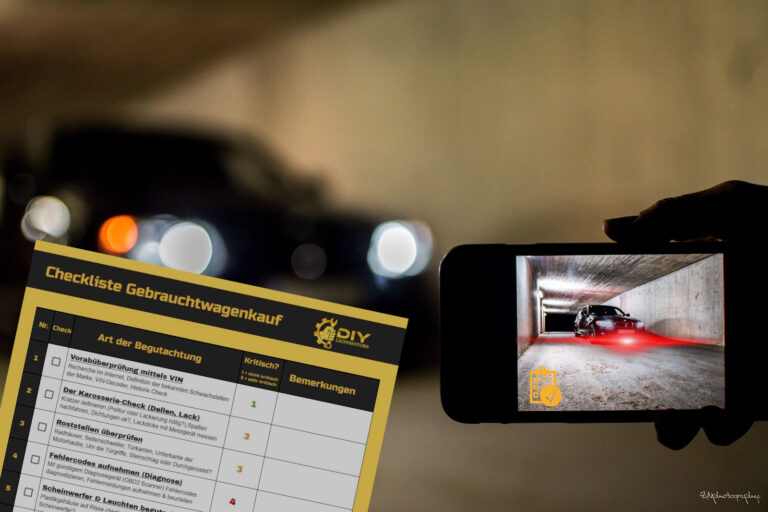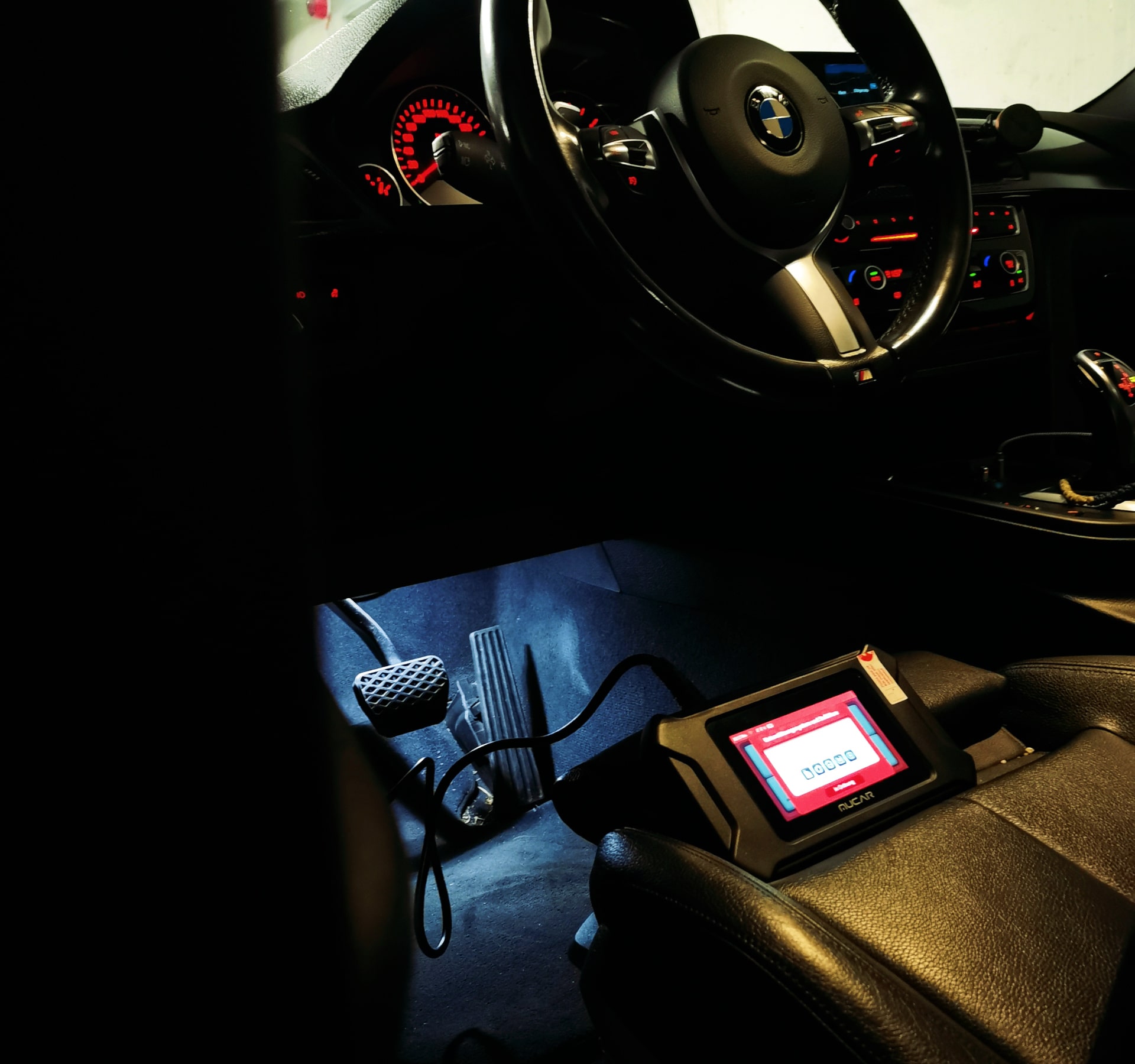
Reading DTC Codes
Tips & Tricks
In this article, we want to help you find out which type of diagnostics/diagnostic device is best suited to your needs. It's often not easy to get your head around this topic if you don't know what options are available to you. Especially if you believe that a €50 diagnostic device will open all the doors in your car. You will definitely find information here:
1) What is a vehicle fault memory?
An error memory is the ability of a control unit to store and retrieve error codes, allowing the user to take corrective action. Almost every control unit in a car has an error memory that you can access via a diagnostic device or diagnostic app. The interface is the OBD2 port located in the driver’s footwell.
The stored errors are, depending on the level of detail of the diagnostic device, merely specific codes that need to be interpreted. For example: The error code P 0475 in a BMW translates to: “Worn exhaust pressure valve sensor.”
Simply clearing the error memory does not resolve any issues. If a defect in the vehicle persists, the error entry will reappear in the list even after clearing the error memory.


2) Possibilities for fault diagnosis on the car
Every car has its brand-specific hardware and software. Therefore, the scope of possible functions and vehicle diagnostics varies from one car model to another.
There are basically two ways to read the fault memory and perform maintenance functions. Either with a diagnostic app on your smartphone or with a proper diagnostic device. Both methods access the vehicle's control units via the OBD2 interface.
OBD2 diagnostics app or Diagnostic device?
The real question here is: What functions do you actually need?
With a diagnostic app, you can read fault codes and diagnose possible issues with your car. Certain providers even offer coding options. However, the level of detail of the fault codes is often limited to the code itself. Occasionally, there is a short description, like “Compression pressure too low.” But in most cases, that one sentence is not enough, and the code needs further analysis.

A car diagnostic tool or diagnostic software is more commonly used for maintenance functions such as service planning, calibrations, and extensive interventions in the software. However, this doesn’t mean that the diagnostic tool can’t read simple error codes or OBD2 functions (like live data). In most cases, the diagnostic tool even evaluates the data more thoroughly and in greater detail than the app.
For example, with the error message “Compression pressure too low,” you also receive information about which cylinder has low pressure. The level of detail in the error codes, just like with the app, depends on the quality and price of the diagnostic tool. In most cases, a device priced above €50 provides reliable and clear error diagnoses.
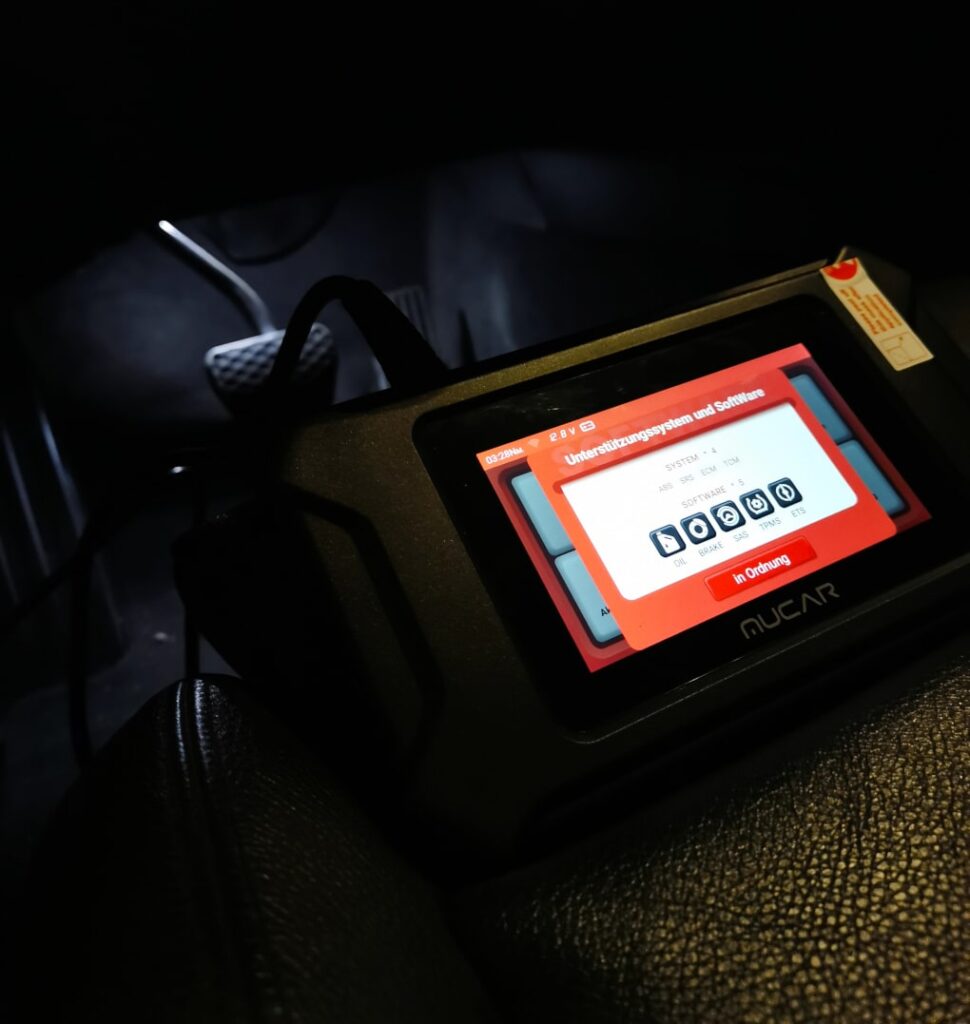
For this reason, the question of which is better cannot be answered without knowing the exact application area. If you only want to read simple error codes, a basic package of an OBD2 diagnostic app and an OBD2/Bluetooth adapter is sufficient in most cases. However, if you want to reset the oil service or calibrate the steering angle sensor in a VAG vehicle, you will need a more advanced car diagnostic device.
Which car diagnostic device for the DIY hobby mechanic?
After conducting several tests and comparisons, we have chosen a favorite in both categories for ourselves.
The Carly App:
The Carly App is clearly the leader in the OBD2 diagnostic app market. There are countless guides, reviews, etc., on the internet showcasing the app's features. In fact, the app has greatly improved and expanded its range in the last few years. The company offers the OBD2 adapter and the app in various versions. For a price of around €54 annually, you get the adapter with the Carly basic functions.
The emphasis here is on "basic". This means normal fault diagnostics with a low level of detail. If you want to unlock all functions and coding for the selected car make, you have to pay extra. You will have to pay even more if these features are to be activated for all car brands. (Which does not mean that your car supports these functions). In addition, the feature "Smart Mechanic", which analyzes error codes in detail and gives you further information. This should make repairs easier for you. According to the manufacturer, maintenance functions are also possible.
The Carly app can be a real diagnostic tool if you're willing to pay an annual fee of €160 for it. If you want to stick to basic error evaluations, OBD2 vehicle diagnostics, and some coding, the Carly basic version with €54 annually is more than enough.
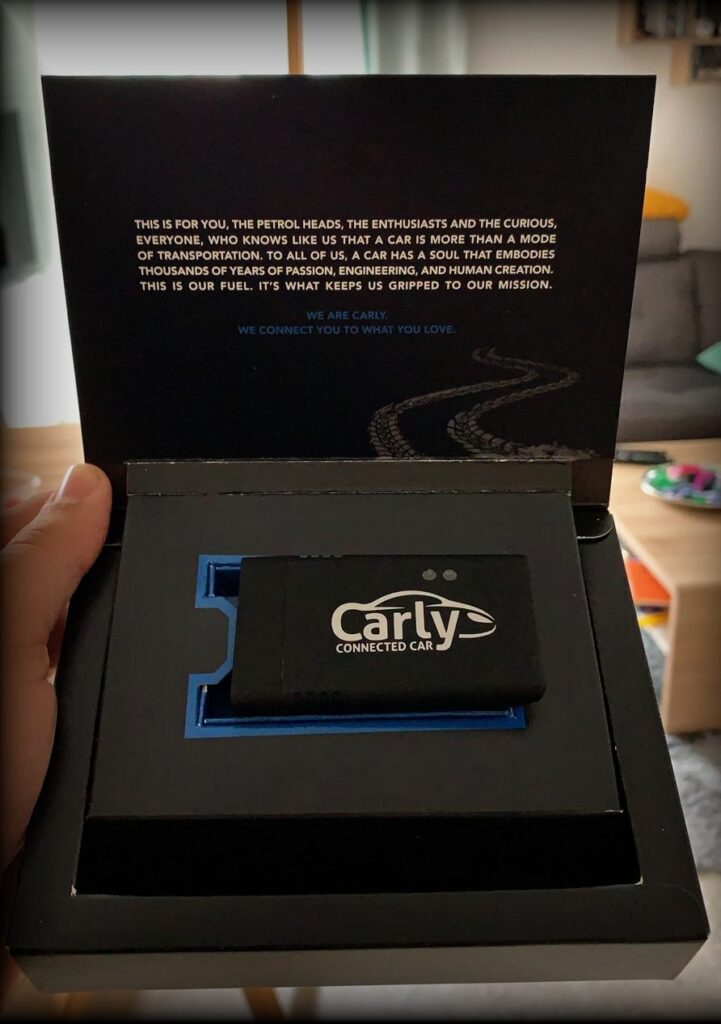
The MUCAR CS4:
For everything beyond that, we recommend a product from the company Think Car, namely the MUCAR product series*. More specifically, for the average DIY mechanic and their needs, we find the MUCAR CS4 more than sufficient. The price is a one-time fee of around €150 and provides sufficient features for your car. The device includes the following functions for life:
We took a closer look at the Mucar CS4 and summarized everything you need to know about the MUCAR CS product series here.
In the linked article, we show you how to use MUCAR CS4 and what options it offers you.
Our choice fell on this car diagnostic tool because, in our opinion, it fits the DIY’er best. It has enough features, is handy and modern, and most importantly: the price-performance ratio is right when compared to other devices!
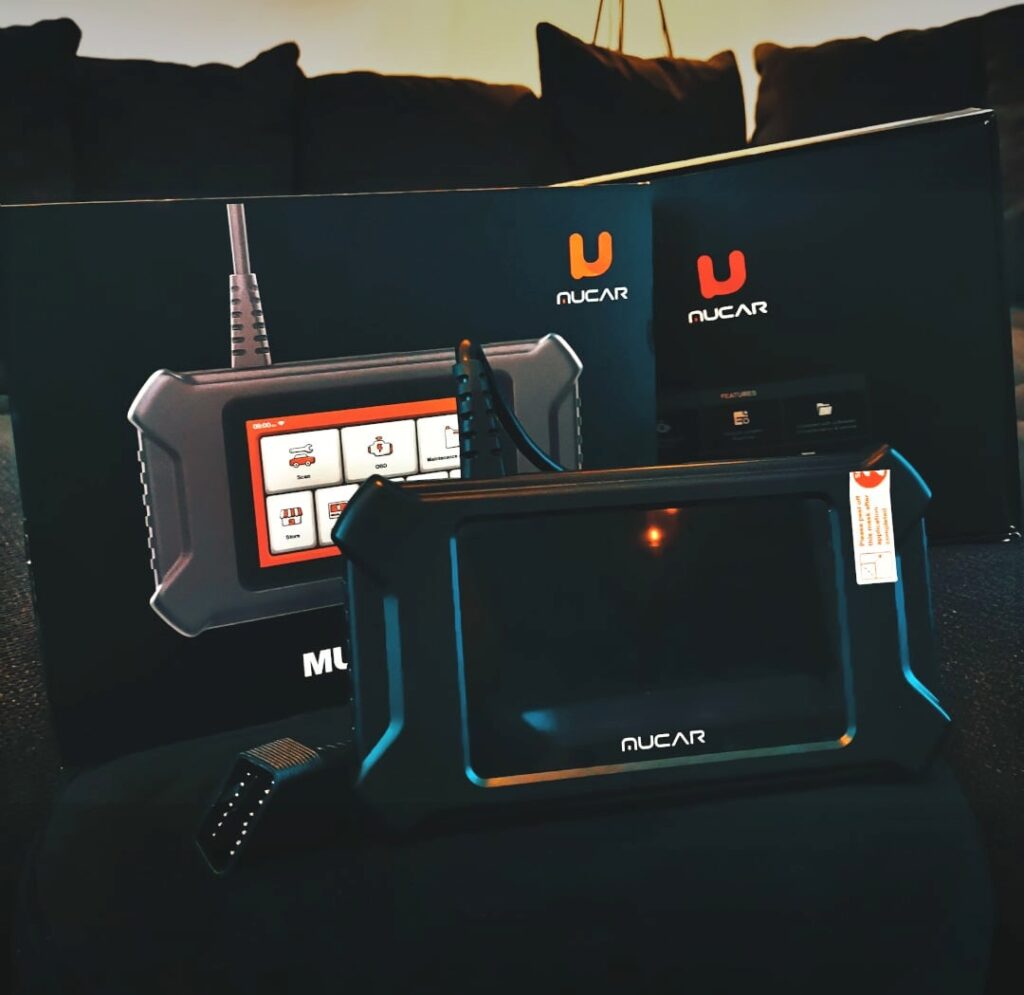
3) Read out fault memory Costs
If you want to have the error memory read at the workshop, it will cost you between €25 and €70. Workshops usually have sophisticated car diagnostic tools that are paid for via an annual subscription. This is why the relatively high price for simply reading the data from the error memory is charged. In most cases, purchasing a private diagnostic tool is completely worth it.
You pay a larger sum once and always have the option to check and maintain your car. This also saves you the trip to the workshop. Furthermore, the car diagnostic tool helps you with buying a used car by revealing information or possible manipulations.
OBD2 scanners are also available from as little as €20, but these undoubtedly do not have all the functions available. The level of detail of the error code evaluation is also very low with the small and inexpensive diagnostic devices.
4) Fault memory history verifiable?
No. When you delete a fault, it disappears. If the issue that triggered the error message has not been fixed, the error message will return. There is no history or database where all error messages are stored with dates. The only ones who might have some form of data collection of the car (emphasis on "might") are the car manufacturers themselves.
However, for this to happen, the car would have to have been read at an authorized service center every time. For example, with BMW's authorized partners, the protocols are automatically transmitted to the car manufacturer. Since they cannot assume that every car has always been read at an authorized service center, even this logging is incomplete. Storing all historical error messages of a car would create an enormous amount of data clutter and would serve no real purpose.
How and when are errors saved?
The recording of fault codes is carried out systematically in most vehicles:
5) Read out/delete fault memory without diagnostic device
It is actually possible to read the error memory (more precisely, just the error codes) without a diagnostic device. Every newer car model has its own key combination to access a secret menu to read various vehicle data. The "gas pedal method" works with almost all cars that have an electronic gas pedal (cars from model year 2001 onward).
Read out fault memory with accelerator pedal method
The accelerator pedal method can work differently depending on the make of car and type of transmission.
Step 1:
The car is not started. The ignition is turned on halfway, and the gas pedal and the brake are fully pressed. Then, turn the ignition key to the “On” position. In automatic vehicles, it may be necessary to press the gas pedal (without the brake) multiple times at half ignition. The gear lever should also be set to "D".
Step 2:
Now observe the Check Engine light. If it flashes constantly in the same rhythm, it means "the error memory is empty". However, if the light flashes in a certain interval with pauses in between, the error codes are being "read" or more accurately, "morse-coded".
Example:
10x flashing - pause - 1x flashing - pause - 9x flashing - pause - 9x flashing - pause results in an error code P0199. After researching on the Internet, this code results in an error message such as "Engine oil temperature too high" or similar.
Ex: P0195 - P0199 - Engine oil temperature.
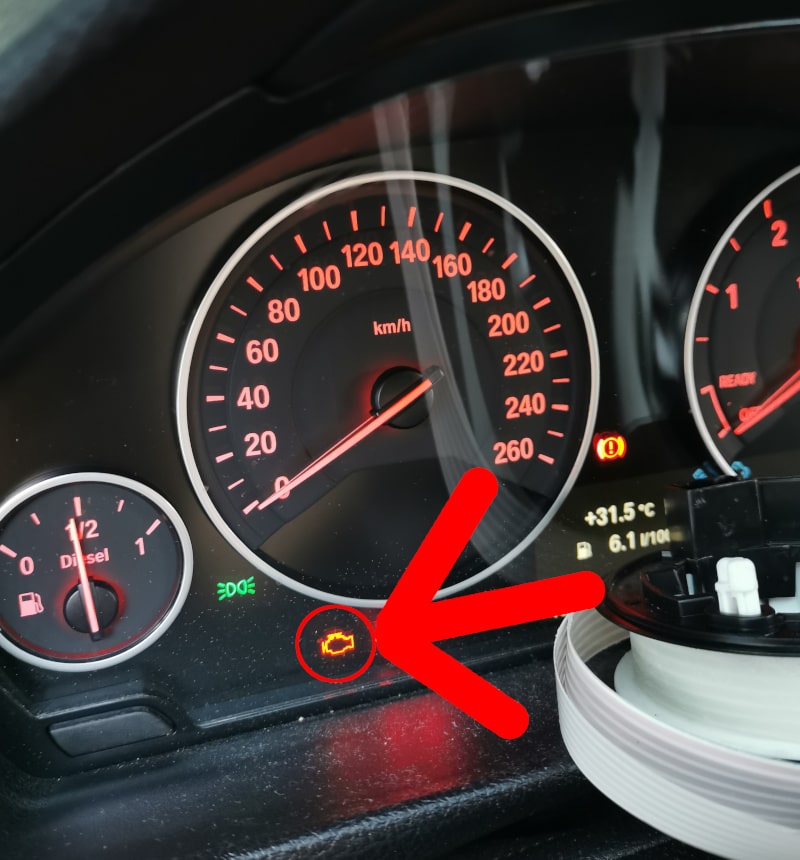
Fault memory read out with BMW (without diagnostic device)
With BMW, you can read and erase the error memory in the "secret menu". How you access the secret menu varies depending on the BMW model. However, on most models, you can reach the menu by holding down the "Speedometer button."
Then, under the “Unlock” menu, you should enter the sum of the last 5 digits of your VIN number. In the secret menu, go to the “DTC” menu. There, you will find up to 10 error codes listed. You can translate these error codes using the internet and error code lists.
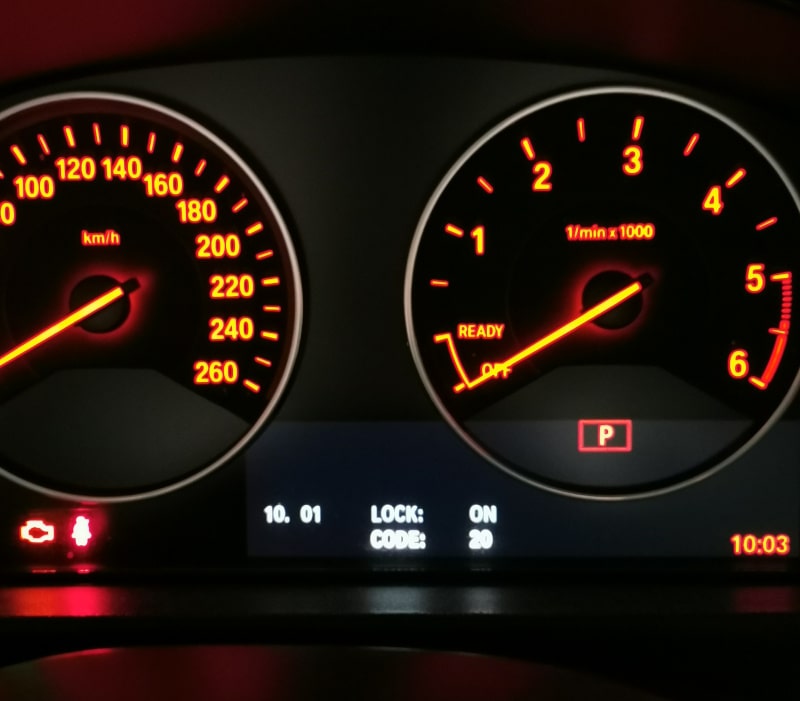
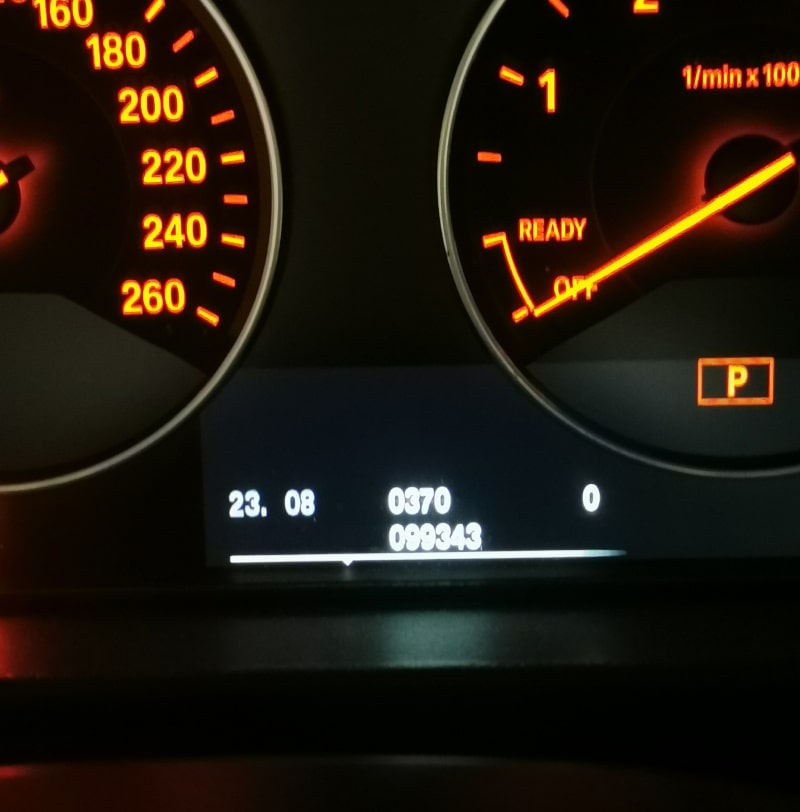
Fault memory delete with BMW (without diagnostic device)
In BMW vehicles, you can check the fault memory under the menu item "SW reset" button. This reset resets the software and therefore also deletes the fault memory. This function is equivalent to disconnecting the battery. What is not deleted are safety-related error messages such as airbag, belt tensioner or engine.

Fault memory read out with VAG (without diagnostic device)
Here, you can display the error messages via the air conditioning system.
First, turn on the vehicle’s ignition. Then, press and hold the “ECON” and “RECIRCULATION” buttons for 3 seconds until the first error code appears. Use the “Warmer” button on the air conditioning system to cycle through the relevant error codes. If the display shows “000”, you have cycled through all the error codes. If the message “444” is visible right from the start, no error messages are stored, and the error memory is empty.
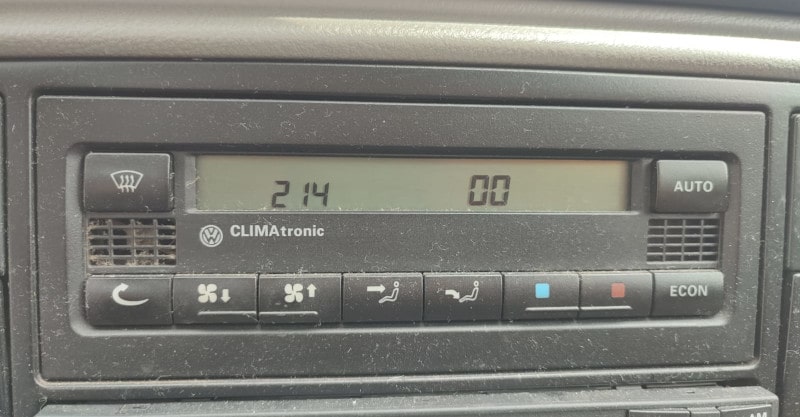
Fault memory delete with VAG (without diagnostic device)
To clear the error memory in VAG vehicles, you don't need VCDS either. The error memory can also be cleared via the air conditioning system. If the code "000" is displayed, hold the "ECON" button until the message "444" appears. This message confirms that the error memory has been cleared and is now empty. To exit the menu, simply press the "ECON" button once.
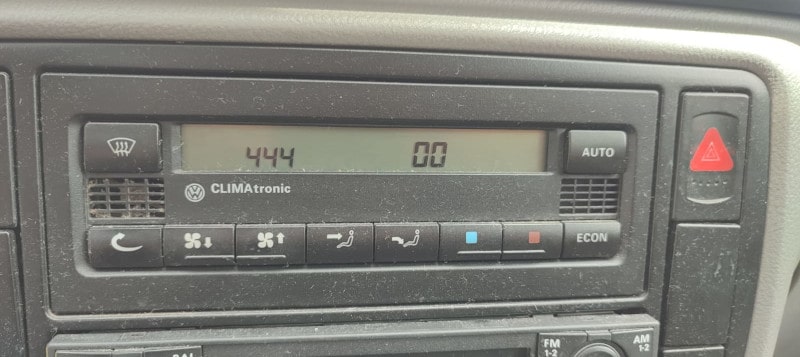
* Affiliate links are marked with a *. Nothing changes for you and the offer/price remains the same. You can find more information about affiliate links here.
More Articles
Oygen Sensor Replacement | Instructions & Repair
Replacing the lambda sensorInstructions & repair A defective lambda sensor means that you will not receive a TÜV sticker/pickerl. The reason for this is that the...
Cleaning EGR Valve while driving? - Driving Tips
Freeing up the EGR valve? Tips for gentle driving Many diesel owners understand "clearing the EGR valve" to mean driving with a high engine load in order to protect the EGR...
Checklist for Buying a used Car - 12 Tips & Hints
Checklist for buying a used car12 defects & tips to watch out for! Don't let yourself be ripped off! Before you sign the purchase contract,...



